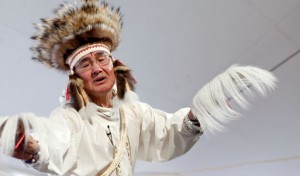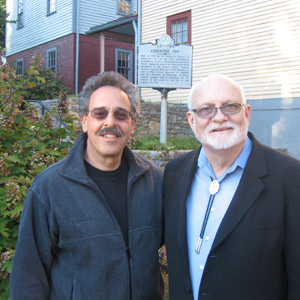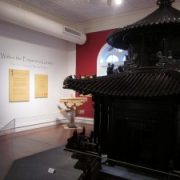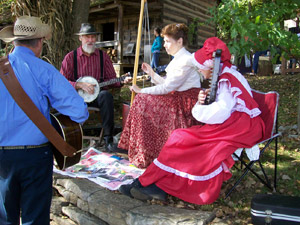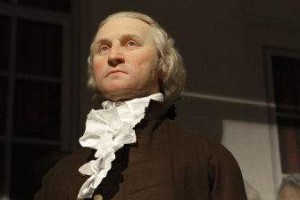Storytelling Thrives at Smithsonian Affiliate

Mary B. Martin Storytelling Hall at the International Storytelling Center in Jonesborough, Tennessee
Has anyone proclaimed October “National Storytelling Month?” I’m sure this would find great favor among the more than 10,000 people who attended this year’s 38th annual National Storytelling Festival in Jonesborough, Tennessee. Organized by Smithsonian Affiliate, the International Storytelling Center, the festival gives ample evidence that the spoken word has not yet succumbed to the abbreviated argot of tweets, instant messaging, acronyms, and emoticons. In Jonesborough, the world’s oldest art form is flourishing.
Begun in 1973 by Jimmy Neil Smith, a former journalism teacher and mayor of this picturesque, historic East Tennessee town, the festival has justifiably earned Jonesborough the title of “Storytelling Capital of the World.” As Smith recalls, “thirty eight years ago, when 50 or so people gathered around a hay wagon in the center of my home town to tell and listen to stories, something magical happened. The National Storytelling Festival was created, basically, to inspire ordinary people to share stories.”

Niall de Búrca, of Ireland, performs during the 2009 National Storytelling Festival. Photo courtesy Fresh Air Photo.
Inspire it does. The storytelling usually begins at 10:00 am and lasts well past midnight. Veteran attendees meticulously scope out the schedule and find their seats long before starting time. Audiences remain attentive and appreciative throughout, absorbed in each session, hanging on every word, eagerly awaiting the ever-unpredictable plot twist or punch line. Stories range from traditional to personal and from serious to surreal. In all their shapes and styles, the stories embrace the glorious diversity of the oral tradition, while underscoring what must be a universal human impulse to create narrative out of everyday life.
Many Jonesborough storytellers have shared their skills on Smithsonian stages. Ray Hicks, Donald Davis, Jay O’Callahan, John McCutcheon, Bill Lepp, Syd Lieberman, and Kathryn Windham, to name a few have performed at the Smithsonian Folklife Festival, the Discovery Theater, and at various SI museums and workshops. Smithsonian staff have, in a similar manner, given their time and talents back to Jonesborough: Rex Ellis, master storyteller and Associate Director for Curatorial Affairs at the Smithsonian’s National Museum of African American History and Culture, has been a mainstay in Jonesborough since 1990; Stephanie Norby, Smithsonian Center for Education and Museum Studies and Clare Cuddy, National Museum of the American Indian have also advised on educational strategies and programming at the International Storytelling Center.
The work of all these accomplished folk demonstrates the truth behind poet Muriel Rukeyser’s observation that “the universe is made of stories, not of atoms.” One trip to Jonesborough and you’ll have no doubts. Just remember to make your reservations early!


